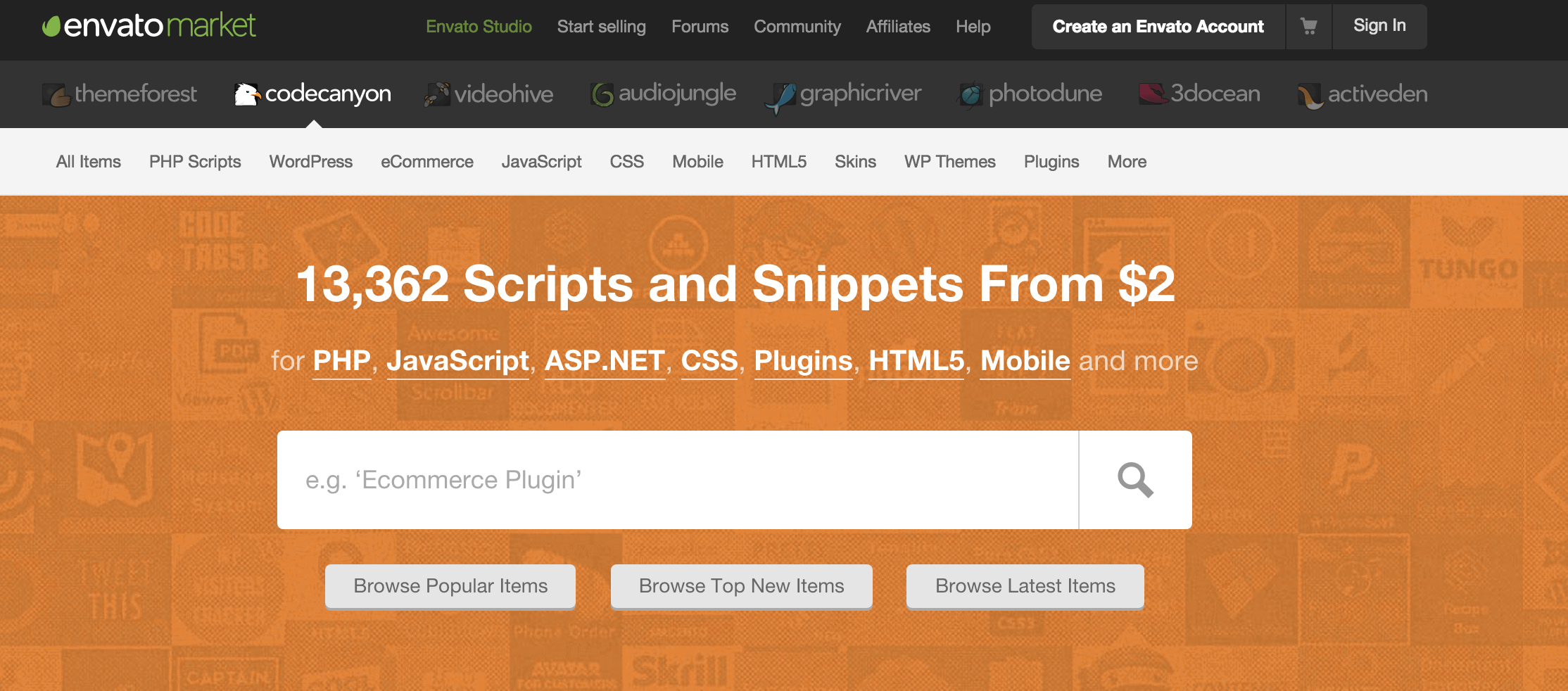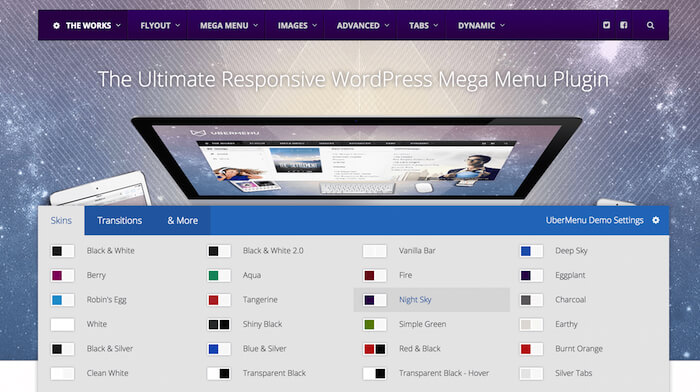|
|
If you’re new to WordPress plugin development You might be asking yourself whether you should release a limited, free version of your plugin with an option to upgrade, or maybe just charge money for any access to your product.
The answer is a familiar one: It depends.
Decisions, Decisions…
If you’ve developed a great new WordPress plugin and you’re ready to bring it to market, you have a decision to make. Do you just offer it via the WordPress plugin directory as a free download so that other WordPress users will help boost your reputation, or should you offer it for sale on a platform like CodeCanyon?

However, there is another option. Some developers offer a free version of the plugin for download on WordPress, but charge money for a “premium” (or upgraded) version of the product. With this approach, the developer allows people to “test drive” the plugin with certain limitations. If the user wants to release the plugin from those limitations, then he or she will have to fork over the cash for the premium version.
Free Is a Great Starting Point
If you’re just getting started with WordPress plugin development and nobody knows who you are, then it’s a great idea to offer your first WordPress plugin for free. This might seem frustrating because you’ve put a lot of hours into producing the plugin, but if you’re planning on making a business out of your development efforts, then you have to start by building brand name awareness.
Also, with a freemium offering, you’ll get a wealth of feedback that will help you to improve the plugin and become a better developer. People will let you know about bugs that you’ve overlooked and tell you how you can make the plugin more useful. This is a great way to facilitate the iterative development process.
Premium Upgrades
Just because it’s free as an initial offering, that doesn’t mean that it will be free forever. Rarely is software (including WordPress plugins) ever “done”. There’s always some feature (or set of features) that users will request. You can add those features in a later release.
The good news is that if your plugin is popular enough, you can charge money for the updated release and start a revenue stream. You can keep the early release of your plugin (with a limited feature set) available for free, while advertising to people that if they want the plugin with all of the bells and whistles, they can download it for a price.
This is a release strategy that enables you to build up to generating income from all the hard work you put into the plugin.
Earning Your Name
Once you’ve released one or more plugins on the WordPress website and have earned those high rankings, you can start to point to those rave reviews as evidence that you’re a bona fide plugin developer. At that point, you can start charging for new releases.
Keep in mind that once you start charging money, your work doesn’t end with the delivery of the plugin. You’ll be expected to provide support as well.
Support Considerations
In a perfect world, you could develop a great piece of software, release it to the market, and then move on to your next project. You wouldn’t have to be bothered by questions about the plugins you’ve developed in the past.
This is not a perfect world. People will ask you why your supposedly awesome plugin isn’t working as advertised on their WordPress installation. Others will have questions about functionality that weren’t made clear in the documentation. Still others will have requests for feature enhancements.
You’re not done just because you released the software. You’ll also need to provide some level of support to those who’ve downloaded and installed your plugin.
What level of support? That depends on whether you’ve opted for a freemium or a premium plugin. If you’ve gone freemium, then you’ll need to support literally everybody. Every free user is a potential paying customer, so it’s really important that you offer support to everyone who needs it. According to TechCrunch, a typical freemium company converts between 2%-4% of users into eventual paying customers, so it’s worth supporting all of your users just in case.
However, if you opt for a premium delivery, your universe of support will be much smaller. In that case, you’ll only need to support people who’ve paid for the product. However, since they’ve paid, they will expect nothing less than stellar support. They’ll also review your product accordingly.
Going Straight to Premium
As noted above, it’s best to build your brand before going straight to premium, otherwise customers have no idea whether or not they can trust you. However, if you have a great plugin that offers much-needed functionality with little competition, you should consider going straight to market with a premium offering. A monopoly in the plugin market is a cash cow, and you should milk it for all it’s worth.
However, when you do face competition you’re going to need to take a different route. You’ll have to offer something that will give your customers peace of mind about the purchase. Here are three ways that you can do just that.
1. Provide a Demo
Allow customers to see your plugin in action with a live demo. That way, they can test the functionality first hand and make an informed decision about the purchase. Here’s a demo of the mega menu plugin UberMenu that properly showcases its rich feature set.

2. Provide a Trial Period
Another way you could demonstrate the functionality of your plugin is with a trial period. Allow customers to download your plugin and install it for free. They can use the plugin for a 30-day trial period. After that, they’ll be required to purchase it if they want to continue using it.
3. Offer a Money-Back Guarantee
Even though you’re working in a very contemporary market, there’s no reason to believe that tried-and-true methods of years past won’t work anymore. Offer your plugin for payment, but let people know that you have a no questions asked money-back guarantee if they’re not completely satisfied with the product. Just be sure to provide clear instructions about how they can request the refund.
Wrapping Up
When deciding between freemium and premium, the best solution is market driven. If you have a monopoly, go straight to premium. However, if you’re facing competition or still in the process of earning your name, give your customers some reassurance that they’re making a good investment by offering a freemium-to-premium plugin. Also, consider using trial periods, money-back guarantees, and demos to further boost your credibility.
Remember, once you’ve delivered your plugin, your work is far from over. You’ll also need to provide high quality customer service or you’ll lose market share to competitors.
Let us know what you think about freemium versus premium in the comments below!








It's indeed a very useful blog. Thank you so much for sharing!
I have been thinking about creating some premium WP plugins, found your article Tom very helpful! I am thinking of doing some free for ever plugins to build my rep up then release some premium ones.
"a typical freemium company converts between 2%-4% of users into eventual paying customers" - How you counted the number of users? As per the All-Time downloads or Active installations?
2% is a known conversion rate benchmark for freemium products. Once you start to "live" freemium, you'll be surprised that it almost doesn't matter what are you selling, all rivers lead to 2% give-or-take :)
Thanks. Is there any possibility to reach more users for my plugin if I use freemium? How?